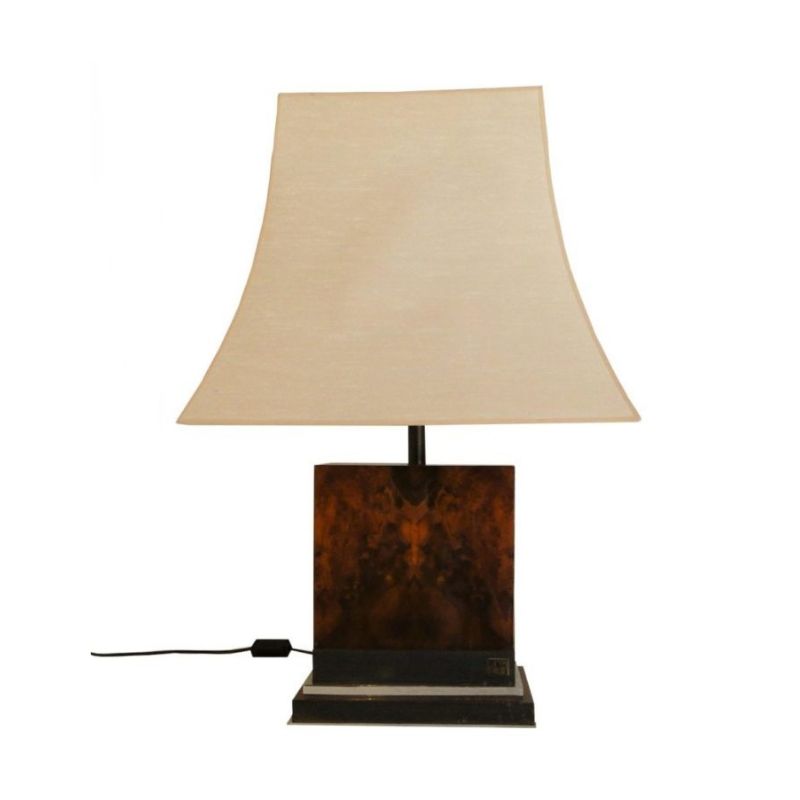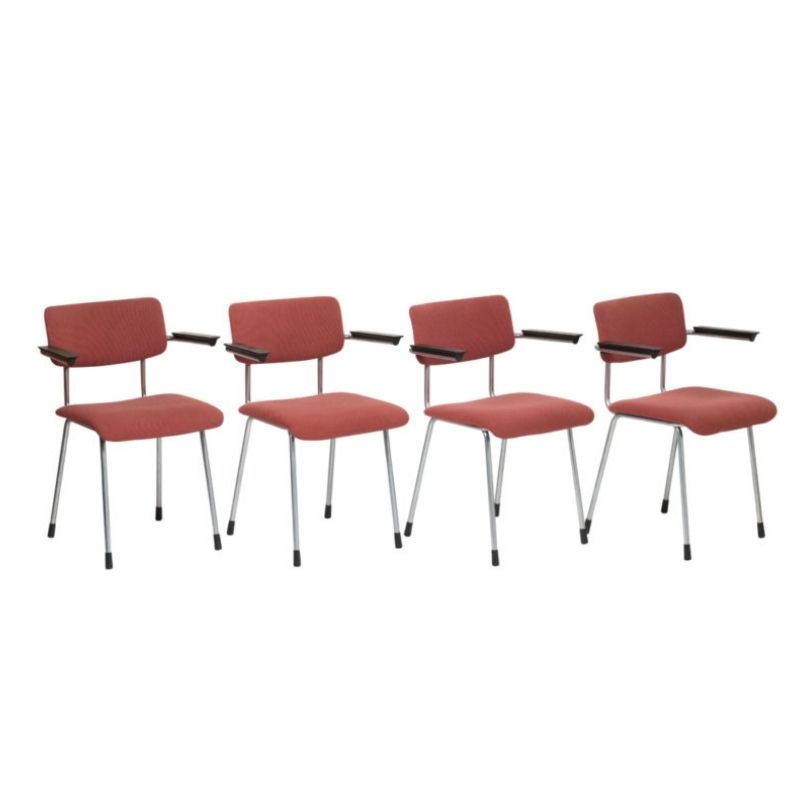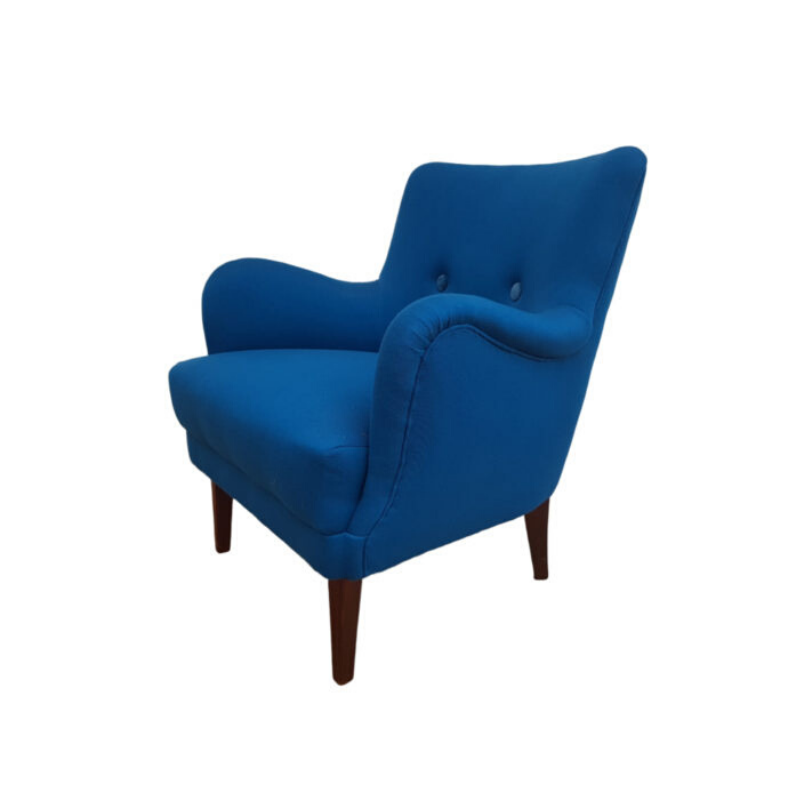After years of thinking about making my own furniture I am giving it a go the problem is I am learning from scratch. I am making a low multi draw unit and would like to mitre the edges as I think it looks better the problem is how to secure these? can I simply use biscuits and glue and if so what else is needed for strength.
I have searched the interweb and reference books at the library but none are quite simply, basic enough for me!
Any help would be greatfully recieved.
If you'll wait
a day or so, I'll be able to address the problem in adequate depth, with illustrations (a picture here, as throughout our forum, is a necessity). I am preoccupied by the last day of an installation, at the moment.
I assume you mean that you want all the outside corners of your cabinet -- not the drawer boxes themselves -- to be mitered. Is that the case ?
Suffice it to say that amateurs always shoot for the most difficult work, right off the bat ! But information will assist you in deciding whether you are adequately equipped (in all senses) to attack this problem successfully.
Thank you all for the response.
Yes it is the cabinet edges and not the drawer fronts, I have worked with furniture, restoring and repairing I have all the tools for the job but lack the ability at the moment! I am ashamed to say after years of working with furniture I have not mastered the art of cabinet making so shooting for the stars on the first piece is a punishment for myself!
I whimped out of directing this thread at SDR or Heath so thank you for the response.
.
SDR has more experience than me, turning, mold making and bent wood is more my thing, did I mention my workshop floor was attacked by white ants? It was heart breaking but it will hopefully be fixed soon.
I would suggest having a look at the James Krenov books, they are modest but not in any way weak descriptions of how to work, hard to explain. Personally I've never thought much of mitres, if a solid quatersawn dowelled carcass was good enough for him it should be good enough for your project. A butt joint can look really fine if everything else is done well too.
Do you have any sketches? Racking is the big thing to avoid,
There are ways to make things far simpler for yourself if you are prepared to use knock down fittings. Jalk, Wanscher etc used them and their furniture is still sound after 40 or 50 years, threaded inserts are fine if you use good quality ones in hardwood and use some supporting pins, Ikea don't do this so theirs fail sooner rather than later. Cross dowels are my favourite, this is a ghastly image but perhaps you can imagine a dark timber with brass fittings and the barrel turned with the screw driver slot facing inwards, there are much much better examples of how it can look, I just can't seem to find any right now.
Link to another book you might find handy, its a good one and should be in your library.
http://www.amazon.com/Classic-Joints-Power-Tools-Yeung/dp/1579902790
I think you need to give mod mom a call...
She's self-taught and purty!
http://modmomfurniture.blogspot.com/
I'm going to
read her blog -- I swear -- but tell me quick about the shark tank !
Agree with everything from Heath, especially cross dowels. Designing effectively for wood is all about how wood is strong and how it isn't. So much can be done now with hardware, and so much can be done with glue. With one or the other of these strategies well applied, traditional joinery is virtually a thing of the past -- it seems to me. Put down that chisel, and plug in the table saw or the drill press -- and have those Jorgensen clamps at the ready !
The miter is an elegant devil -- the wood muse's practical joke on the long-suffering cabinetmaker. Glued long grain to long grain, nothing could be stronger. End grain miters should be splined, one way or another. For mitered frames of any kind, I like to glue it up and then slice for a spline afterward. Clamping miters can be as simple as stretching strong masking tape, using it as a hinge.
Dowels glued to parallel grain are sublime; those glued into cross grain are fatally flawed. And so it goes . . .
Sir Sixpence, the short asnswer is yes, use biscuits.
Assuming your carcase is to be made of sheet stock like veneered MDF or plywood, biscuits are arguably the easiest way to join edge miters. Producing accurate 45 degree bevels on your panels? Well, that's the real trick. Once that's accomplished, glue-up can be a bit of a challenge, but nothing a couple hundred dollars worth of clamps won't help with. Have fun.
SDR: What type of installation are you involved with?
Yes, I went
through a phase of biscuiting miters, and decided I got better results by eliminating them. Biscuits that fit well do need clamp pressure, while unsplined miters in MDF or plywood are adequately strong when well glued. I haven't clamped a miter in a long time; adhesive tape is the answer. Once you try it you won't go back !
The cabinet is a vanity; I decided a bath cabinet would be a good place for a "ventilated" box, so I got to try one of my architectural fabrics. The planks of maple were straight from the wood store -- S4S 1x4 which I ripped down to 3 1/4" and replaned (no jointer in my present shop).
No miters here ! The blue thing is a protected stainless sink. Tomorrow the plumber will hook it up, and I'll take more photos.
Every job asks for a
different thing. I needed a material I could expose the ends of, here -- so solid stock seemed the thing. And my limited shop meant I needed something already surfaced on four edges (S4S). Identical width and square edges were crucial if the pieces were going to be well glued.
There's an 1/8" brass rod inserted from the bottom, held up by a small recessed pan-head screw, and passing through short nylon bushings at each intersection. The wood had to be drilled before assembly, of course. As I wasn't able to drill each plank all the way through with my small drill press -- and because the accurate location of the hole at both ends was vital -- I drilled a 1/4" hole at each end, with a smaller bore beyond, meeting in the middle, and inserted nylon bushings (sold as "spacers).
To get all surfaces of the wood finished easily and adequately, I varnished the ends of the blocks before gluing up the panels. You can see the light reflecting off the end of the piece in the photo below, taken before the faces were sanded and finished.
Simple isn't always easy ! But it's fun to solve the problems. I expect to make more pieces using this "simple" hinge . . .
With a
hinge like this there is no way to fine-tune the adjustment so the doors will align properly at the center -- so I attached my "basket-work" side panels to an inner cabinet box with face frame, hanging them on wood clips and shimming them right and left, up and down, to achieve the right effect.
The fastening screws are all accessible from the inside of the cabinet; the panels could be removed if necessary. The hinge pins are snug enough that they would have to be removed by drilling a small hole at the top of the door, to drive the pins downward. If the pin had a wood screw welded to its bottom end, that would enable even a snug pin to be withdrawn from the bottom.
.
I wish you'd post your work more often, no one would think you were being immodest to have photos in their own thread, that sort of thing would make a fantastic fixed screen for restaurants etc, I just saw the modelling for Jamie Olivers new project here and was amazed at how bad the concept renders were, if you need to some photorealistic images to present to customers I'd happily do it for you, most furniture models are a 20 minute job.
If you need any help, please contact us at – info@designaddict.com









